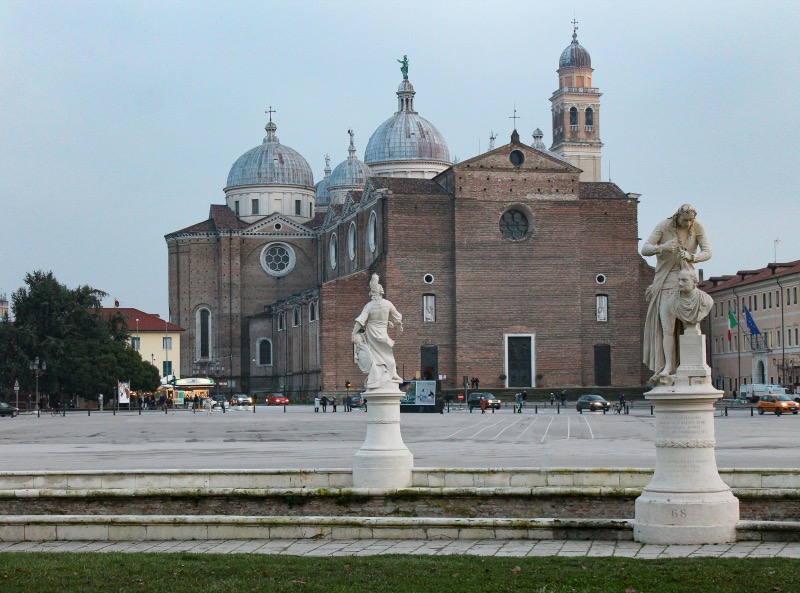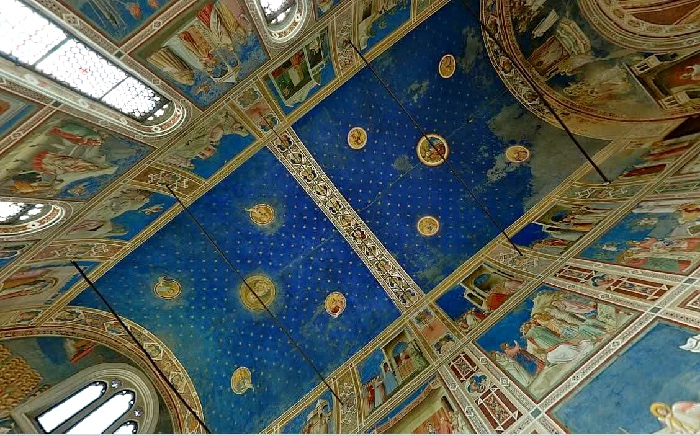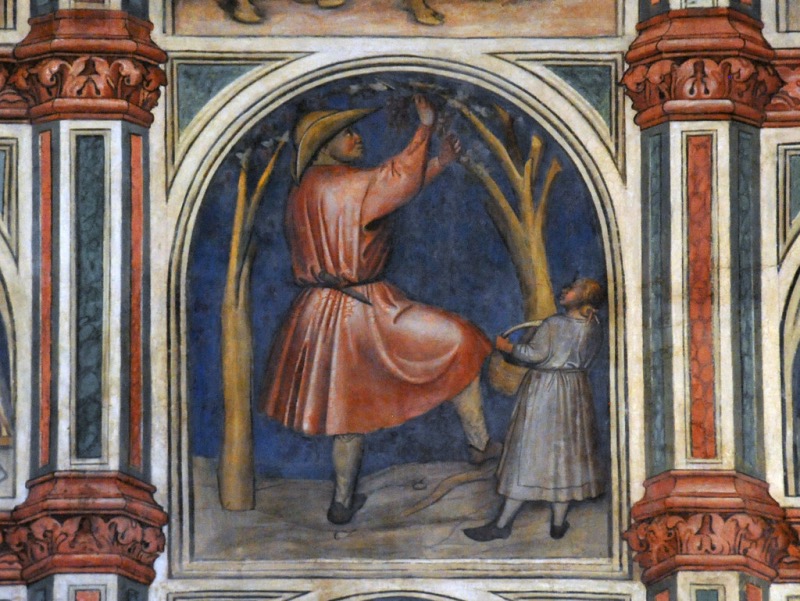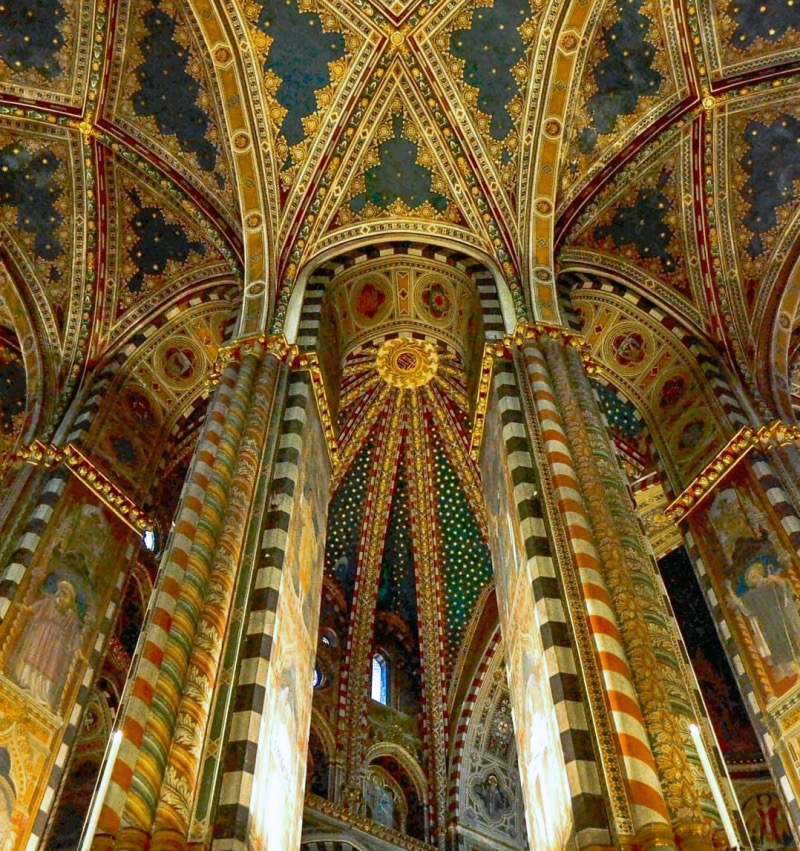
Have you ever thought of exploring Padua, one of the oldest and most culturally rich cities in Italy? With its prestigious university, fascinating squares, and countless art treasures, Padua offers a unique experience to those who love art and beauty.
In this post I suggest a two-day itinerary in Padua to discover some of the hidden gems and masterpieces this city has to offer.
PADUA IN TWO DAYS

Cappella Scrovegni Padova
DAY 1
CHAPEL OF THE SCROVEGNI
We begin our trip to Padua with a visit to the Scrovegni Chapel, famous for Giotto’s extraordinary frescoes, considered among the most important masterpieces of 14th century painting in Europe.
The vision of the Last Judgement and scenes from the lives of Mary and Jesus leaves you breathless, immersing you in timeless spirituality and beauty.
You can read about the history and curiosities of this masterpiece in the post 5 things to know about the Scrovegni Chapel, but it is certain that you cannot fail to admire this masterpiece because Giotto was given the task of depicting a series of stories from the Old and New Testaments and the Last Judgement, a task the artist accomplished by creating one of the greatest masterpieces in the history of mankind. For this reason, the Scrovegni Chapel has been on the UNESCO World Heritage List since 2021.
To admire the Scrovegni Chapel, you must book an entrance ticket.
BOTANICAL GARDEN
We continue with a visit to the Botanical Garden of the University of Padua, the oldest university botanical garden still in its original location.
Founded in 1545, this historic site is not a garden but a treasure chest dedicated to the treasures of nature, nurtured and guarded by centuries of research.
At the Botanical Garden, you don’t have to go there to take a walk in nature but to discover how rare and ancient plants, curative and poisonous species are constantly being analysed and scientifically researched for various reasons.
To visit the Botanical Garden, you need to make a reservation and I also strongly recommend reserving a guide, who can accompany you on your discovery of this unique place.
orto botanico Padova
DAY 2
PALAZZO DELLA RAGIONE
The second day is dedicated to discovering Palazzo della Ragione, with its imposing hall, known as ‘il Salone’, adorned with a cycle of astrological frescoes dating back to the 14th century. This historic building, the heart of Padua’s political and social life over the centuries, also offers a panoramic view of the markets that animate the surrounding squares.
The Palazzo della Ragione (Palace of Reason), from an artistic point of view, constitutes the largest pictorial cycle of the 14th century in Padua, with the four large internal walls of the great hall on the first floor completely frescoed.
The decoration counts over 300 scenes arranged in two compartments.
The Palazzo was built in the first half of the 13th century with the aim of reorganising the markets and creating a seat in which justice could be administered.

Affreschi del Palazzo della Ragione a Padova
BASILICA DI SANT’ANTONIO
We conclude our itinerary with a visit to the Basilica di Sant’Antonio, one of the most visited Catholic places of worship in the world. This imposing religious building houses the relics of St Anthony of Padua.
The atmosphere of devotion and peace, together with the artistic richness of the interior, makes a visit to this church an unforgettable experience.
The Basilica of St. Anthony, also referred to more simply as ‘The Saint’, is the most important religious centre in the city of Padua and is the destination of thousands of pilgrims who invade the city every year, especially on 13 June, the feast day of St. Anthony, for the famous procession.
The construction of the Basilica began in 1232 with the aim of guarding the tomb of the Franciscan friar Anthony, who died in Padua in 1231. The site for its construction was chosen not so much because it was in the centre of the city, but mainly because it was the spot where a church dedicated to Mary had already existed since 1110, which later became part of the architectural structure of the Basilica as the Chapel of the Madonna Mora. Since in 1229, the friars’ convent in which St Anthony worked had risen next to the church, this became the perfect place to build the Basilica.

Basilica del Santo Padova interno
In just two days, this itinerary will allow you to immerse yourself in the history, art and spirituality of Padua, discovering places of extraordinary beauty and cultural importance. Padua is waiting to offer you a journey through centuries of history, in one of the most fascinating and culturally rich cities in Italy.
If you want an extra tip, remember that Padua is also the city of Galileo Galilei. Here the famous scientist lived, worked and taught at the university in what he called the best years of his life. Take a look at the Itinerary in the places of Galileo, which allows you to explore the city centre of Padua in a new and original way.

